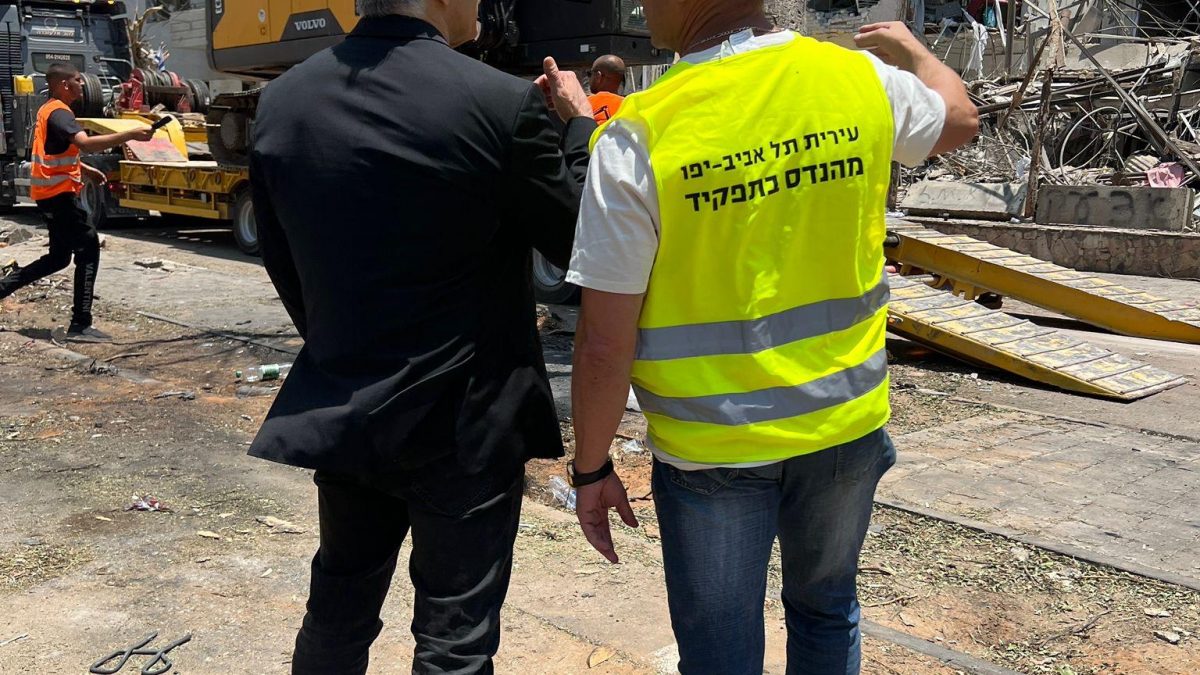A fragile ceasefire appeared to hold on Tuesday after nearly two weeks of intense fighting between Iran and Israel, during which the US and Israeli forces launched major strikes on Iran’s nuclear infrastructure. The truce followed pressure from US President Donald Trump, who castigated both sides for breaching the ceasefire and intervened to prevent further escalation. Iran signaled it would adhere to the truce provided Israel did the same, while Israel claimed it had already achieved its military goals and was halting further attacks.
Tensions flared again after Israel accused Iran of launching missiles post-ceasefire—an accusation Tehran denied. In response, Israel said it destroyed a radar installation near Tehran but held back from further strikes following a direct call between Trump and Israeli Prime Minister Benjamin Netanyahu. Trump, en route to a Nato summit, later declared the ceasefire “in effect”, asserting US diplomacy had succeeded in pausing hostilities.
Both countries claimed strategic success as the truce took hold. Israel’s cabinet declared the objectives of “Operation Rising Lion” had been met, citing the elimination of what it called an “immediate dual existential threat” from Iran’s nuclear and ballistic capabilities. Tehran, however, framed Israel’s decision to stop fighting as a forced retreat, with the Revolutionary Guards praising a final missile barrage as a blow to Israeli deterrence.
Despite the ceasefire, casualties continued to mount. In Israel, a missile strike on Beersheba killed four civilians, while in Iran, an Israeli airstrike reportedly killed nuclear scientist Mohammad Reza Seddighi Saber, who had been under US sanctions. The situation remains tense, with both sides warning they will retaliate if the truce is broken.


)
)
)

)
)
)
)
)
)
)
)



